

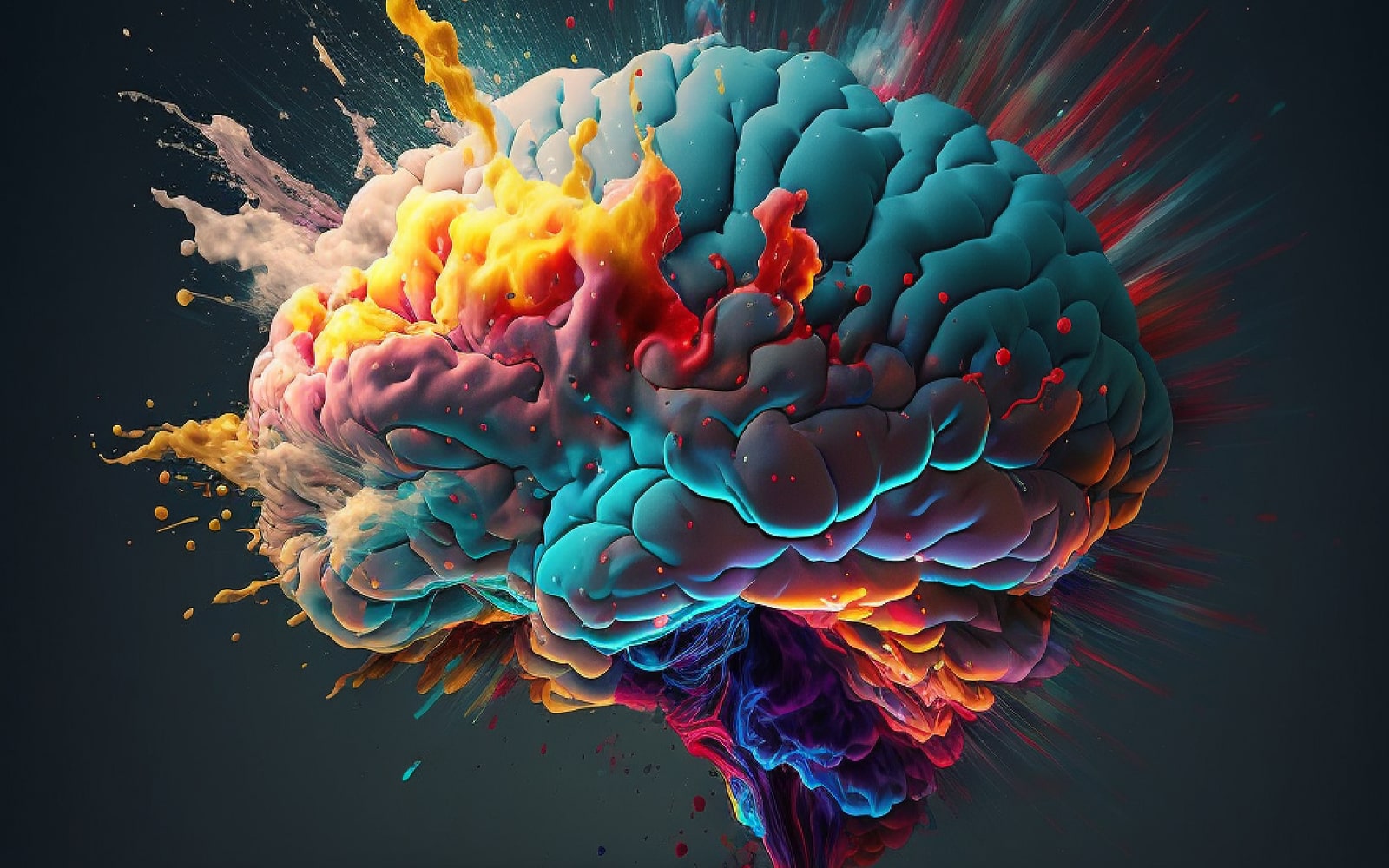
Did you know that every color influences our mood, reveals aspects of our character that stem from the deepest parts of ourselves, and shapes the quality of our lives? Colors go beyond the visual; they touch our emotions, affect our decisions, and play a vital role in how we perceive the world and ourselves. Each color vibrates at its own frequency, expressing unique emotions and energies. Recent research has shown that we do not actually see color—instead, we feel it. This subtle connection between color and the human psyche is especially powerful when it comes to personal expression, such as through the choices we make in hair color.
Hair color is more than just an aesthetic choice; it’s a statement of identity. For women especially, changing hair color often marks a significant shift in how they see themselves or wish to be seen by others. A hair color can act as a mirror to their emotions, confidence, and aspirations. Each choice reflects a unique part of their inner world during that specific period of their lives.
Women often crave transformation, and the most significant visual change comes from altering their hair color. This isn’t just about fashion—it’s about expressing emotions, stepping into new roles, or leaving old phases behind. Hair color is a personal and public declaration of how someone feels on the inside or how they want to be perceived externally.
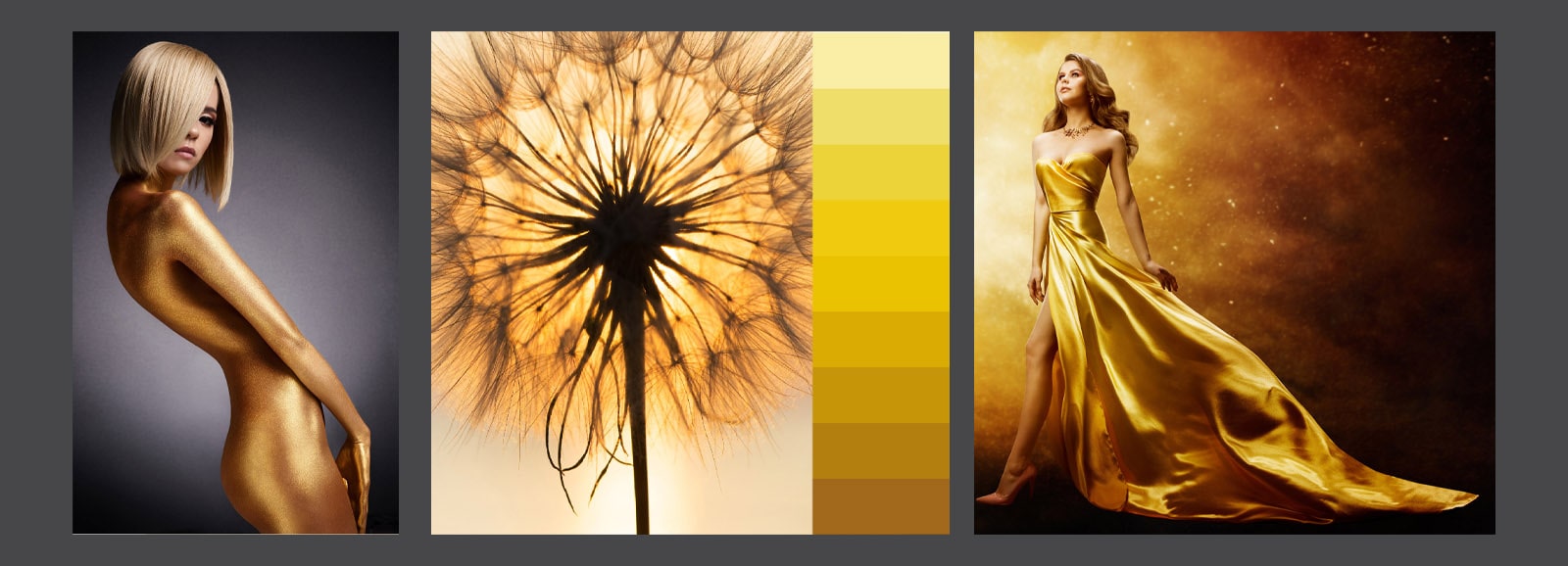
Blondes are often associated with youthfulness, vibrancy, and optimism. People who choose blonde hair tend to seek lightness in their lives, whether emotionally or socially. Blonde tones can symbolize energy, openness, and approachability. Subtle variations, such as ash blonde or honey blonde, can also convey calmness or warmth, respectively.
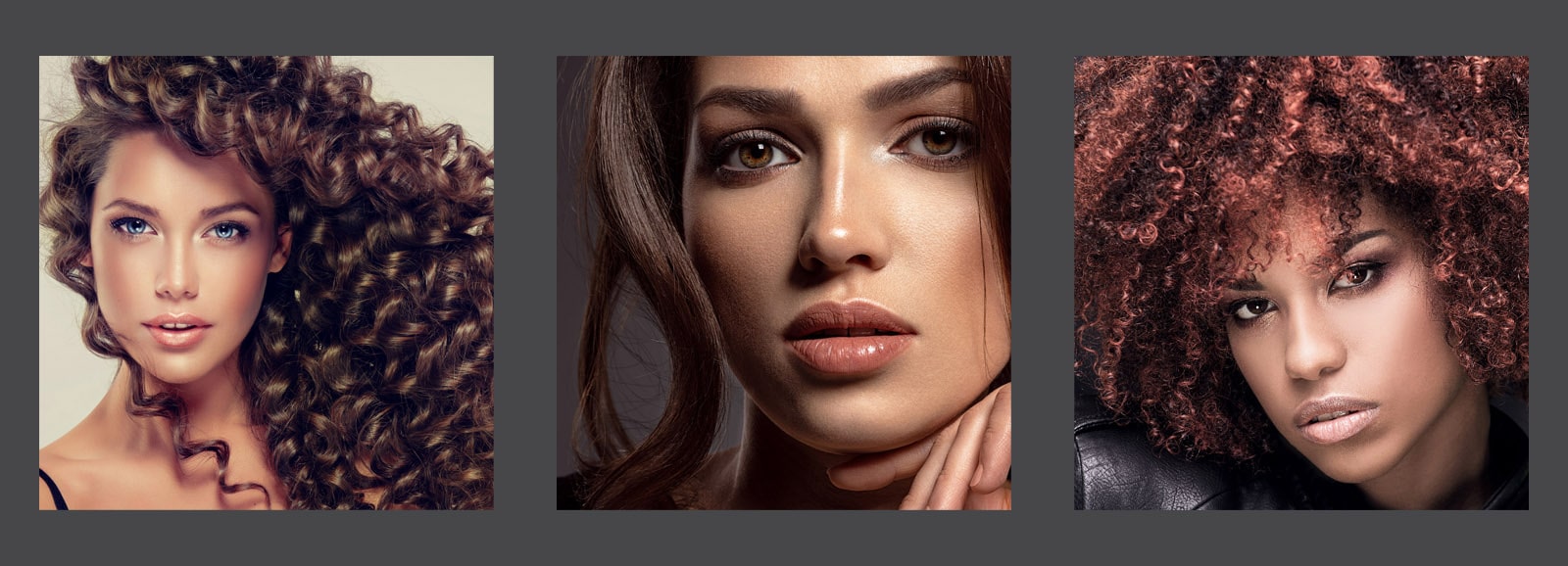
Brown hair is often linked to stability, reliability, and strength. Women with brunette tones often exude a sense of groundedness and wisdom. Darker browns convey mystery and sophistication, while lighter brown shades may highlight a friendly and approachable nature.
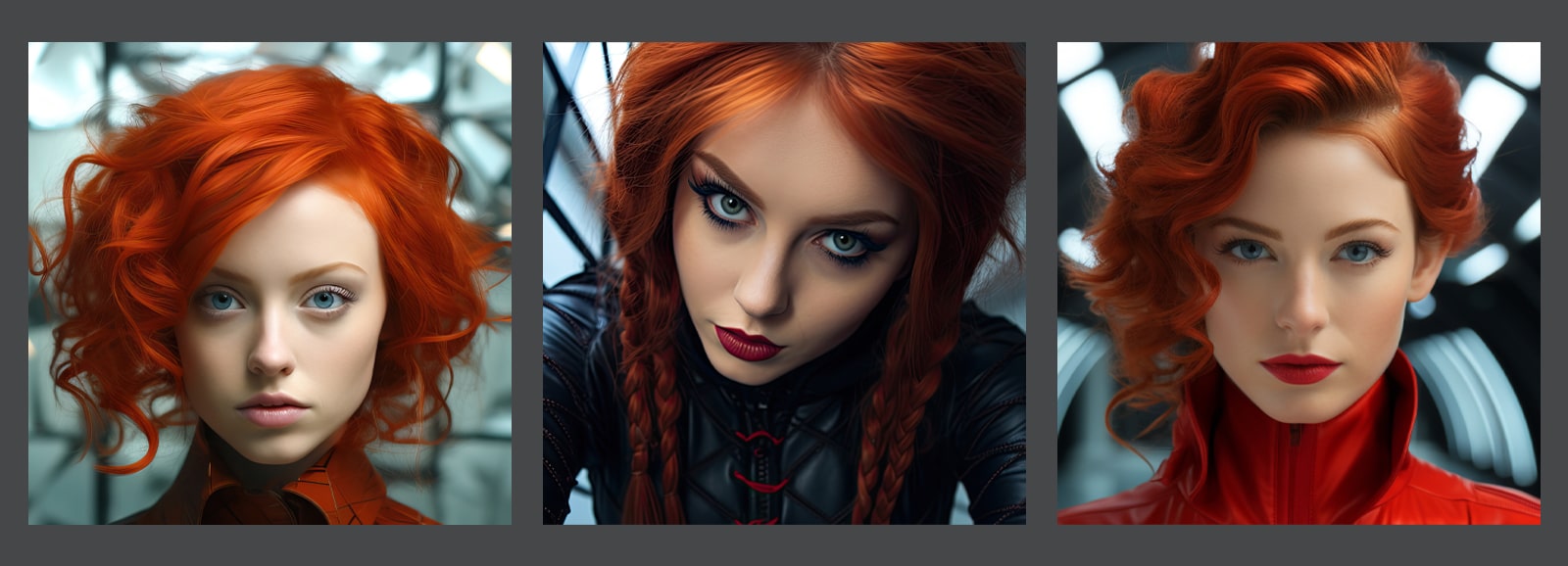
Red-haired women are often perceived as bold, passionate, and confident. Fiery tones like copper or deep crimson reflect vibrancy and creativity, while cooler red shades can symbolize quiet strength and individuality. Red hair also has strong ties to emotions and sensuality.
Black hair exudes power, elegance, and depth. Those who opt for jet black or raven hues often make a statement of self-assurance and mystery. Black is also a timeless color that signals a connection to tradition and a no-nonsense personality.

Non-traditional hair colors are often chosen by those who embrace their individuality and creativity. Pastel tones like pink or lavender evoke a soft and whimsical personality, while bold colors like electric blue or vibrant green signal confidence, independence, and a desire to stand out.
Each color transformation can signify a turning point in someone’s personal journey:
A vibrant red might represent a newfound boldness or a desire to reignite passion.
A transition to ash blonde could symbolize a move towards clarity and refinement.
Bold, non-traditional hues can reflect a yearning for freedom, creativity, or a break from societal norms.
Colors have a profound impact on human psychology and physical health. Their effects are not limited to what we perceive externally—they deeply influence our internal states as well. Studies have shown that individuals surrounded by vibrant, bright colors tend to experience better physical health and emotional balance than those exposed to muted or dark tones.
Workplaces, homes, and public spaces can benefit significantly from thoughtful color choices: Bright, uplifting colors improve productivity, relationships, and overall mood. Dark, muted tones may dampen creativity and emotional connection.
People naturally gravitate toward colors that reflect their current mental state. For example, a person experiencing sadness or melancholy might choose dark, somber colors, while happy individuals and children often prefer bright, lively hues. These subconscious choices reveal an intrinsic understanding of the psychological power of color.
Symbolism: Power, vitality, passion, and intensity.
Psychology: Stimulates creativity, sexuality, and energy but may provoke aggression or impatience.
Healing: Boosts circulation, combats fatigue and colds, and stimulates the heart. However, it should be avoided in conditions like cancer as it accelerates cell growth.
Symbolism: Joy, enthusiasm, and warmth.
Psychology: Inspires creativity, encourages social interaction, and fosters optimism.
Healing: Stimulates lung function, digestion, and the thyroid gland. Relieves cramps and boosts overall energy.
Symbolism: Brightness, clarity, and intellectual energy.
Psychology: Uplifts those with depressive tendencies, promoting a zest for life.
Healing: Stimulates the nervous system and muscles, aiding digestion and relieving neural pain.

ight Green Symbolism: Renewal and growth, akin to the freshness of spring.
Psychology: Brings balance and harmony, promoting emotional stability.
Healing: Soothes the heart, strengthens the immune system, and supports hormonal balance.

Sky Blue Symbolism: Communication and emotional healing.
Deep Blue Symbolism: Calmness and introspection.
Psychology: Alleviates aggression, anger, and anxiety, fostering tranquility.
Healing: Reduces inflammation, fever, and pain, and aids relaxation.
Lilac Symbolism: Awakens hidden potential gently.
Violet Symbolism: Spiritual growth and mental transformation.
Psychology: Eases stress, dependency, and melancholy.
Healing: Aids detoxification, stimulates white blood cells, and soothes pain.
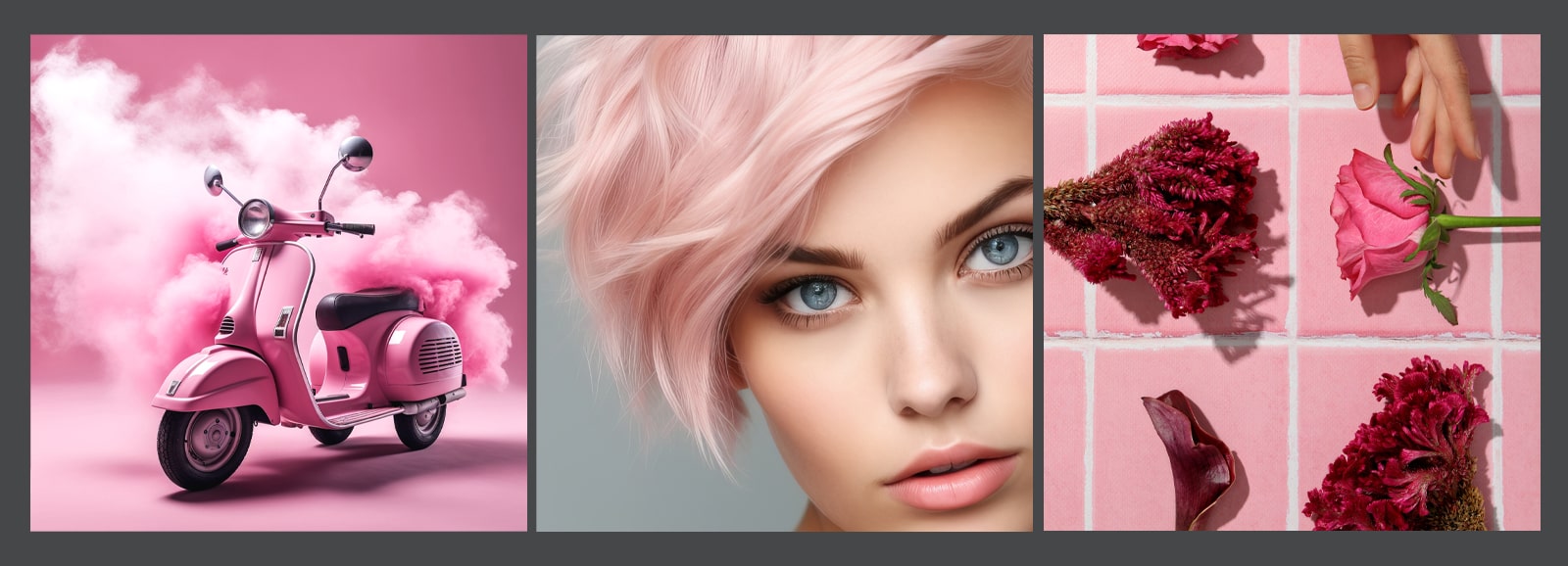
Symbolism: Love, compassion, and emotional healing.
Psychology: Soothes grief and encourages emotional openness.
Healing: Revitalizes organs and restores balance.
Symbolism: Serenity and intuition.
Psychology: Enhances sensitivity and relieves stress.
Healing: Energizes the immune system and supports overall vitality.
Symbolism: Transition and balance.
Psychology: Encourages acceptance and adaptability.
Hair color, as an extension of personal identity, is deeply tied to the psychology of color. Choosing the right hair color involves more than just aesthetic preferences—it’s about connecting with one’s inner self and aligning outward appearance with inner emotions. By understanding the symbolism and emotional effects of colors, individuals can make empowering choices that enhance their confidence, emotional well-being, and connection to others.
From the passionate energy of red hair to the serene elegance of ash tones, every color choice tells a story. The question is: What story do you want to tell with your hair color?
By embracing the power of color, not just in hair but in all aspects of life, you can unlock hidden facets of your personality and tap into an unparalleled source of energy, creativity, and emotional balance. Let the world of colors guide you in expressing your truest self.